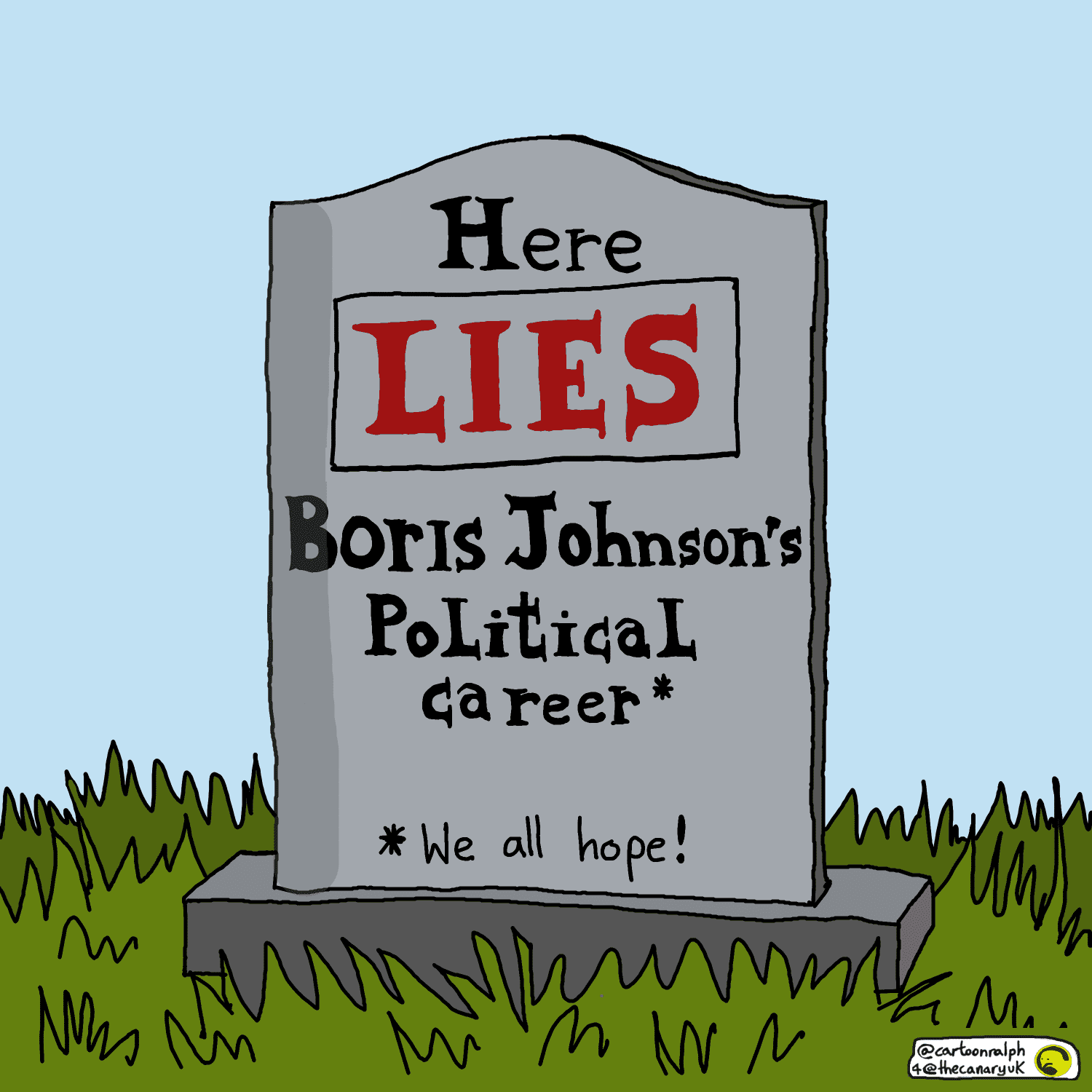The UN has warned that there is a high risk of water scarcity due to “vampiric overconsumption and overdevelopment”. The statement came in a report published ahead of the UN 2023 Water Conference. The meeting is the first of its type in nearly half a century.
In the report’s foreword, UN secretary general Antonio Guterres said the world is “blindly travelling a dangerous path” as:
unsustainable water use, pollution and unchecked global warming are draining humanity’s lifeblood
Meanwhile, the report’s lead author, Richard Connor, told Agence France-Presse (AFP) that the impact of the “world water crisis” will be a “matter of scenarios”:
If nothing is done, it will be a business-as-usual scenario – it will keep on being between 40 percent and 50 percent of the population of the world that does not have access to sanitation and roughly 20-25 percent of the world will not have access to safe water supply.
He went on to say that, with the global population increasing every day:
in absolute numbers, there’ll be more and more people that don’t have access to these services.
Those shortages, he said, have the most impact on people in economically poor countries, adding:
No matter where you are, if you are rich enough, you will manage to get water
First high-level water scarcity conference in a generation
The governments of Tajikistan and the Netherlands are co-hosting the UN 2023 Water Conference. It will gather some 6,500 participants, including a hundred ministers and a dozen heads of state in New York, USA, between 22 and 24 March.
The conference invites governments and actors in the public and private sectors to present proposals for a so-called ‘water action agenda’. Its aim is to reverse the trend of water scarcity, and help meet the 2015 development goal of ensuring “access to water and sanitation for all by 2030”.
Gilbert Houngbo, chair of UN-Water, a forum for coordinating work on the topic, said:
There is much to do and time is not on our side
The last conference at this high level on the issue was held in 1977 in Mar del Plata, Argentina. However, at present, the issue lacks a global treaty or dedicated UN agency. As a result, some observers have already voiced concerns about the scope of these commitments and the availability of funding to implement them.
Now or never for more than two billion people
The report, published by UN-Water and UNESCO (United Nations Educational, Scientific and Cultural Organization), warns that “scarcity is becoming endemic” due to overconsumption and pollution. At the same time, global warming will increase seasonal water shortages in both areas with abundant water and those already strained.
According to the report, approximately 10% of the global population now lives in a country that has high or critical stress on water resources. Echoing this, the UN’s sixth synthesis climate report, published on 20 March, said:
roughly half of the world’s population currently experience severe water scarcity for at least part of the year.
The report notes the particular impact of existing water supplies becoming contaminated due to underperforming or non-existent sanitation systems. It estimates that at least two billion people drink from a water source contaminated by faeces. As a result, they are at high risk of contracting cholera, dysentery, typhoid and polio. However, that high number does not take into account other pollution threats from pharmaceuticals, chemicals, pesticides, microplastics, and nanomaterials.
To ensure access to safe drinking water for all by 2030, current levels of investment would have to be tripled, the report says. Henk Ovink, the Dutch special envoy for water, told AFP:
We have to act now because water insecurity is undermining food security, health security, energy security or urban development and societal issues
It’s now or never as we say – a once in a generation opportunity.
Featured image via United Nations/YouTube
Additional reporting by Agence France-Presse










